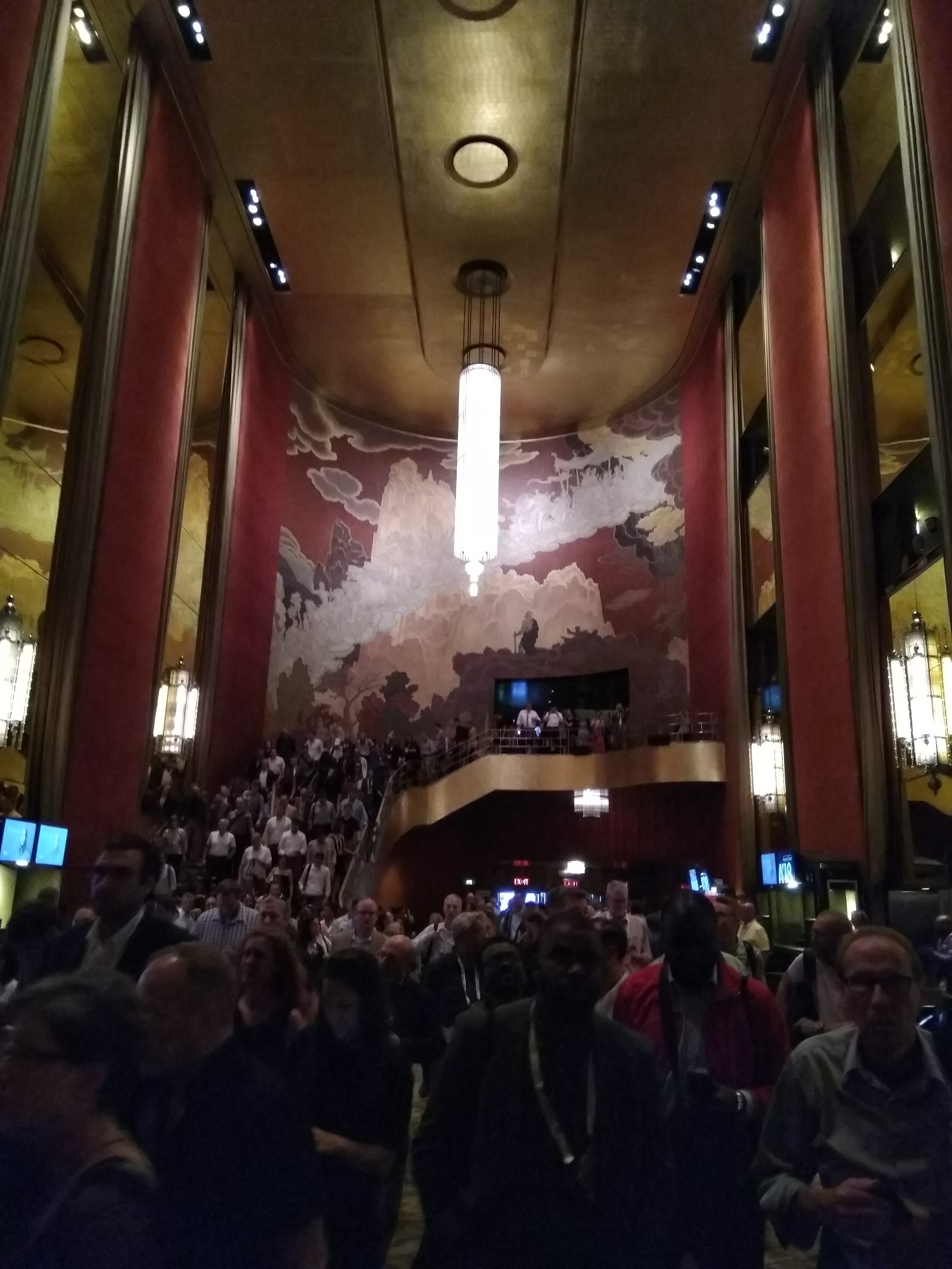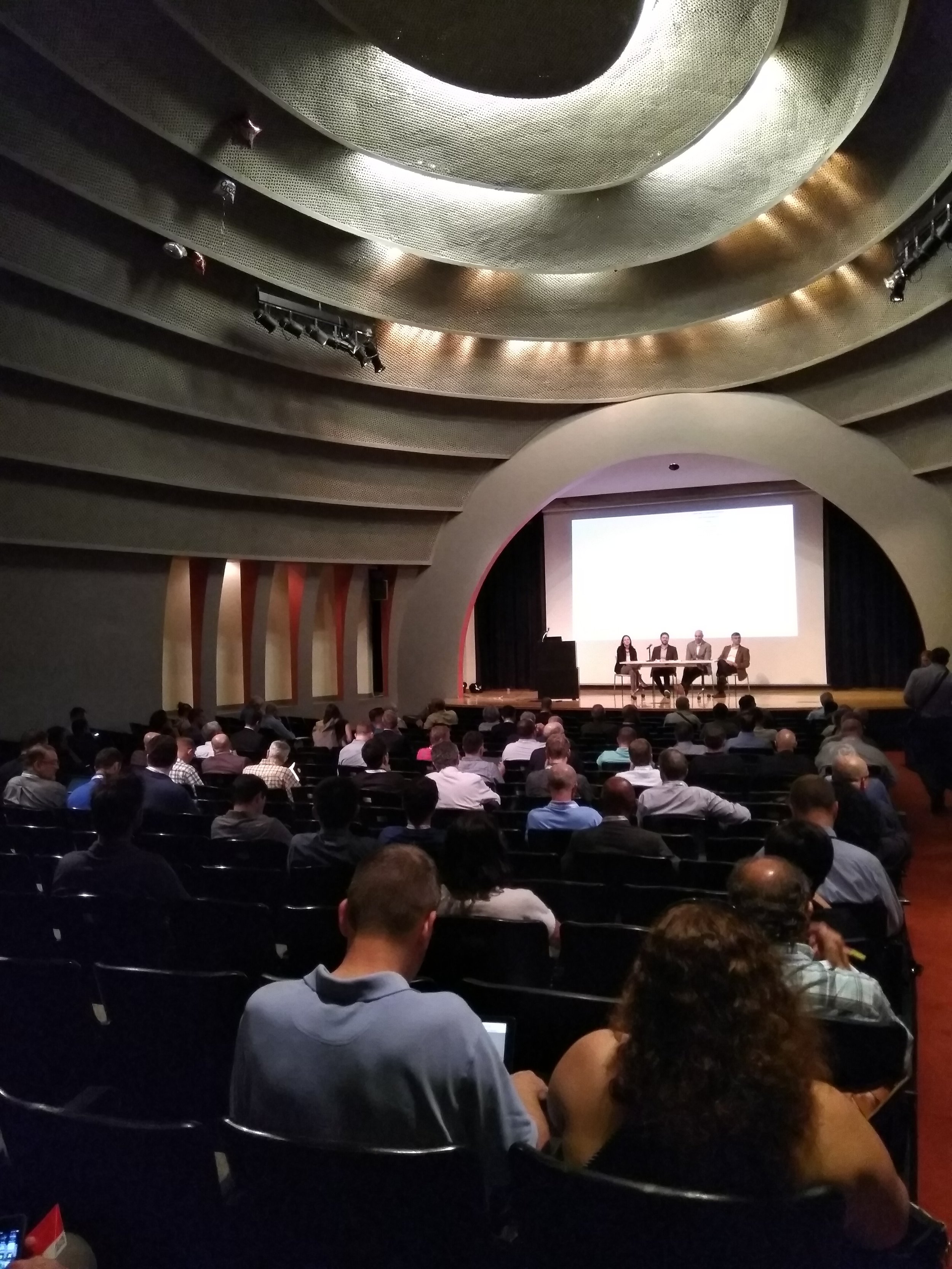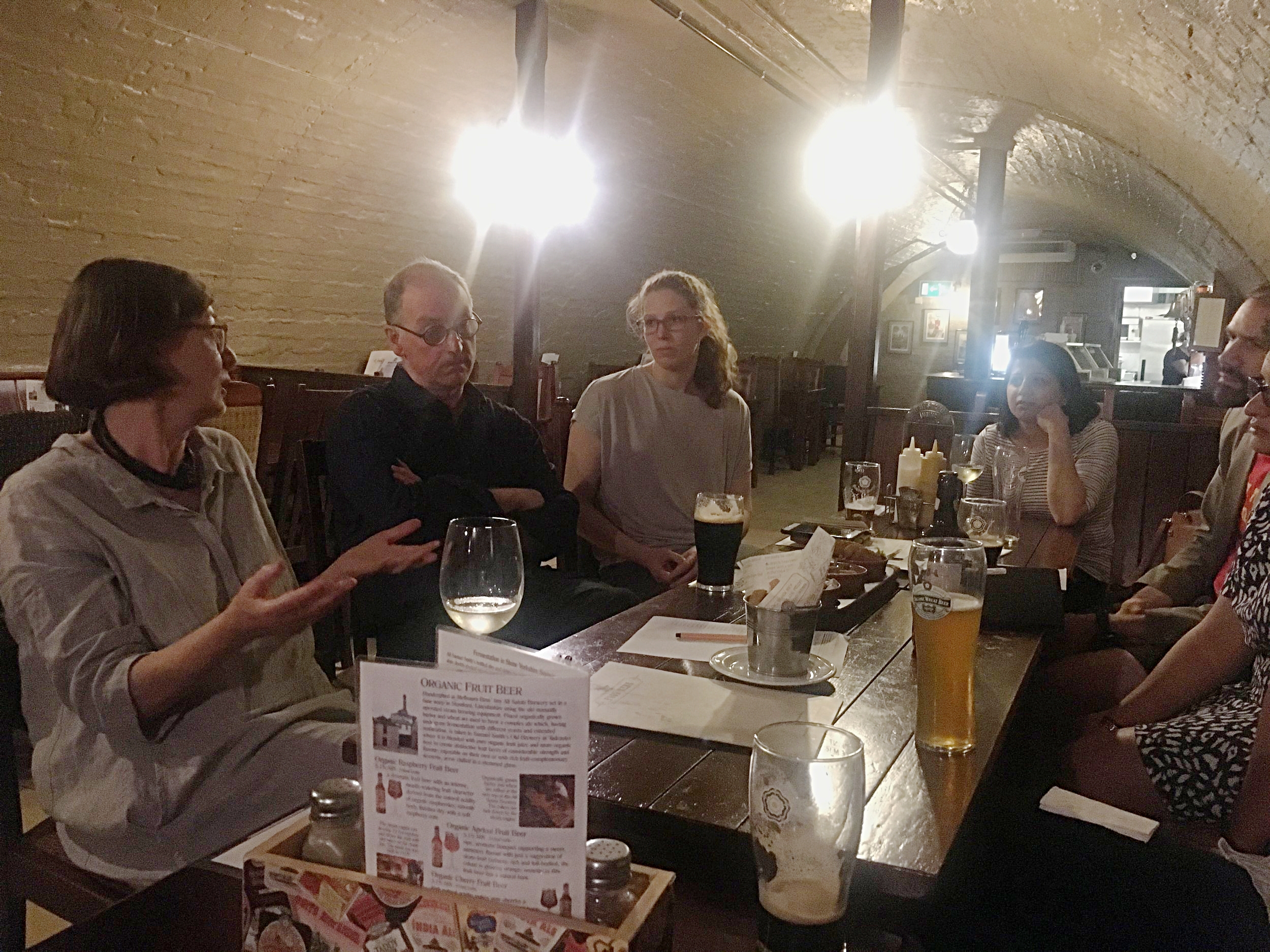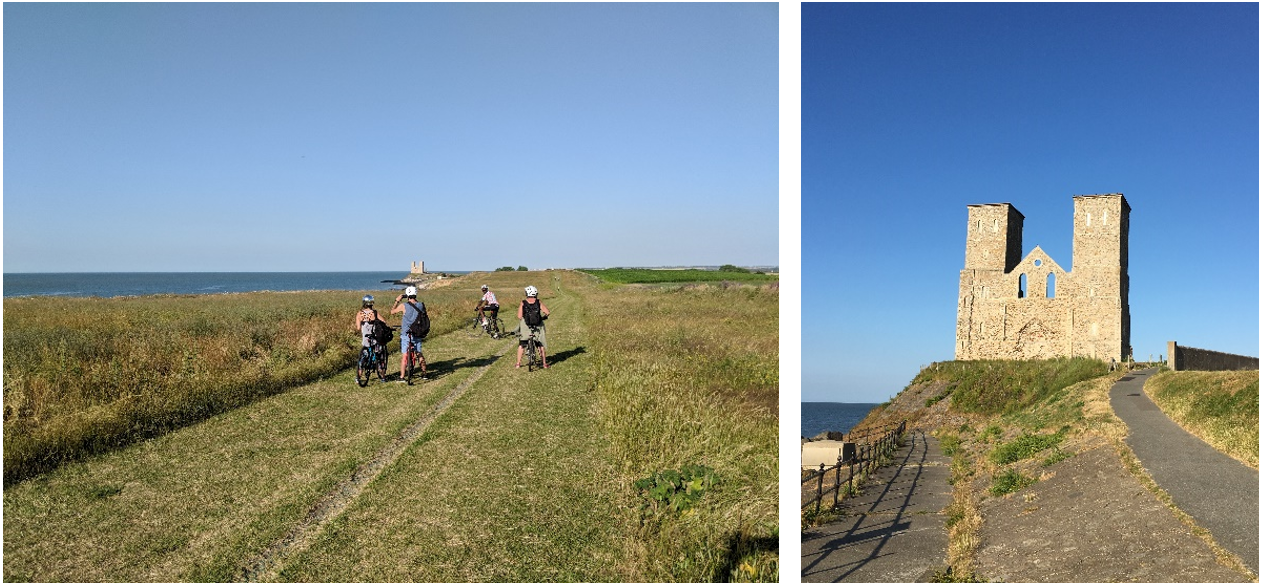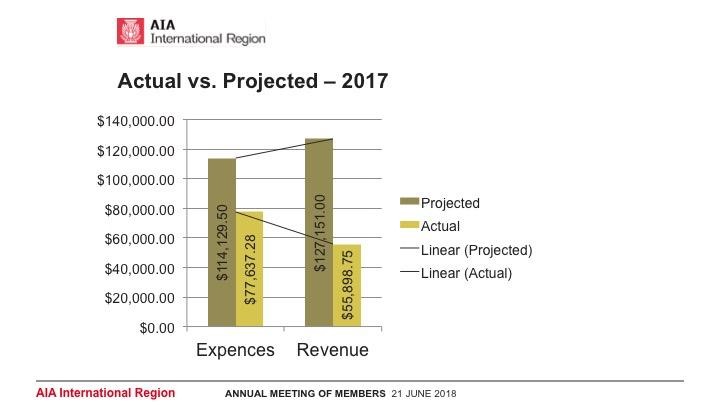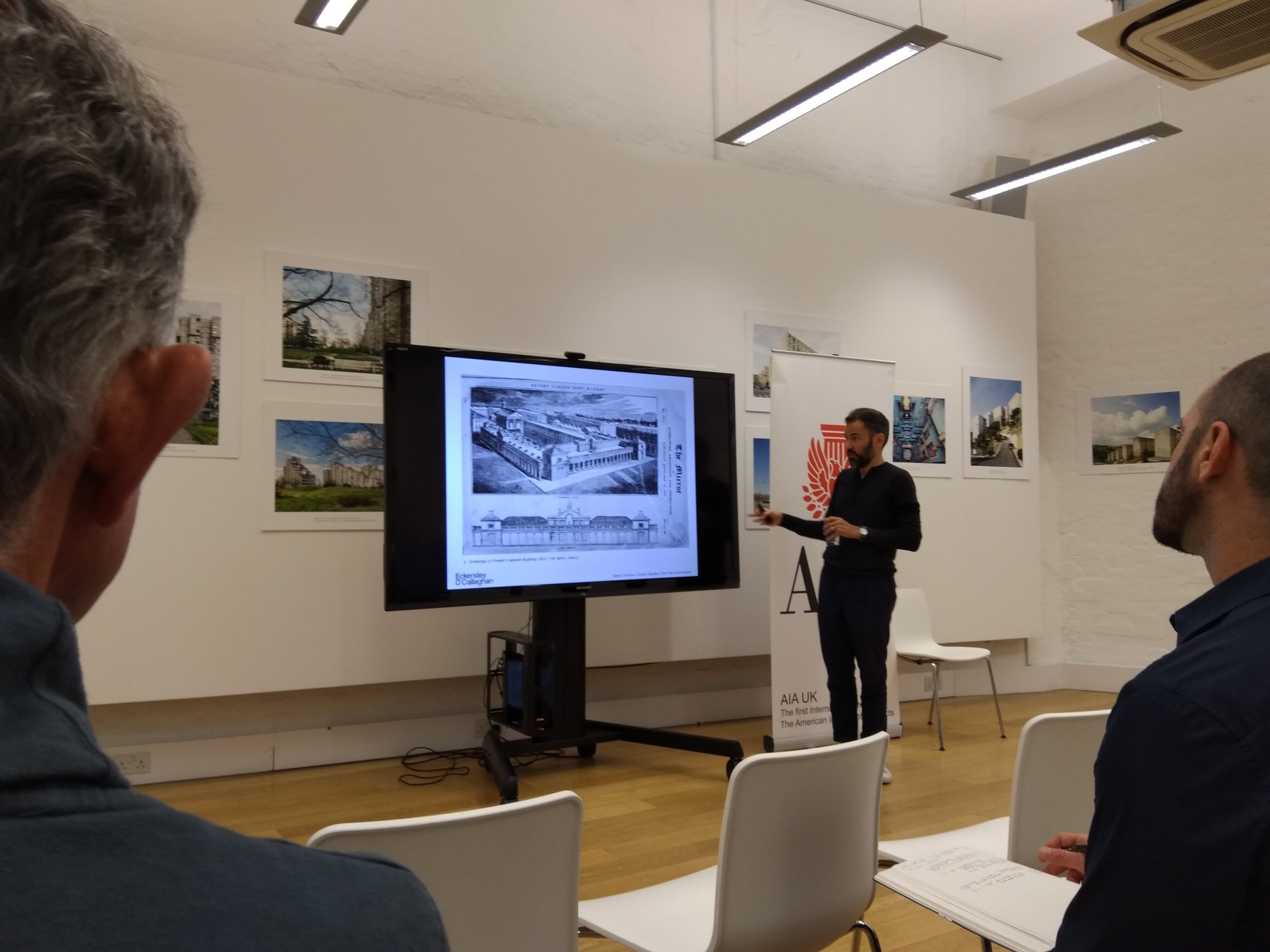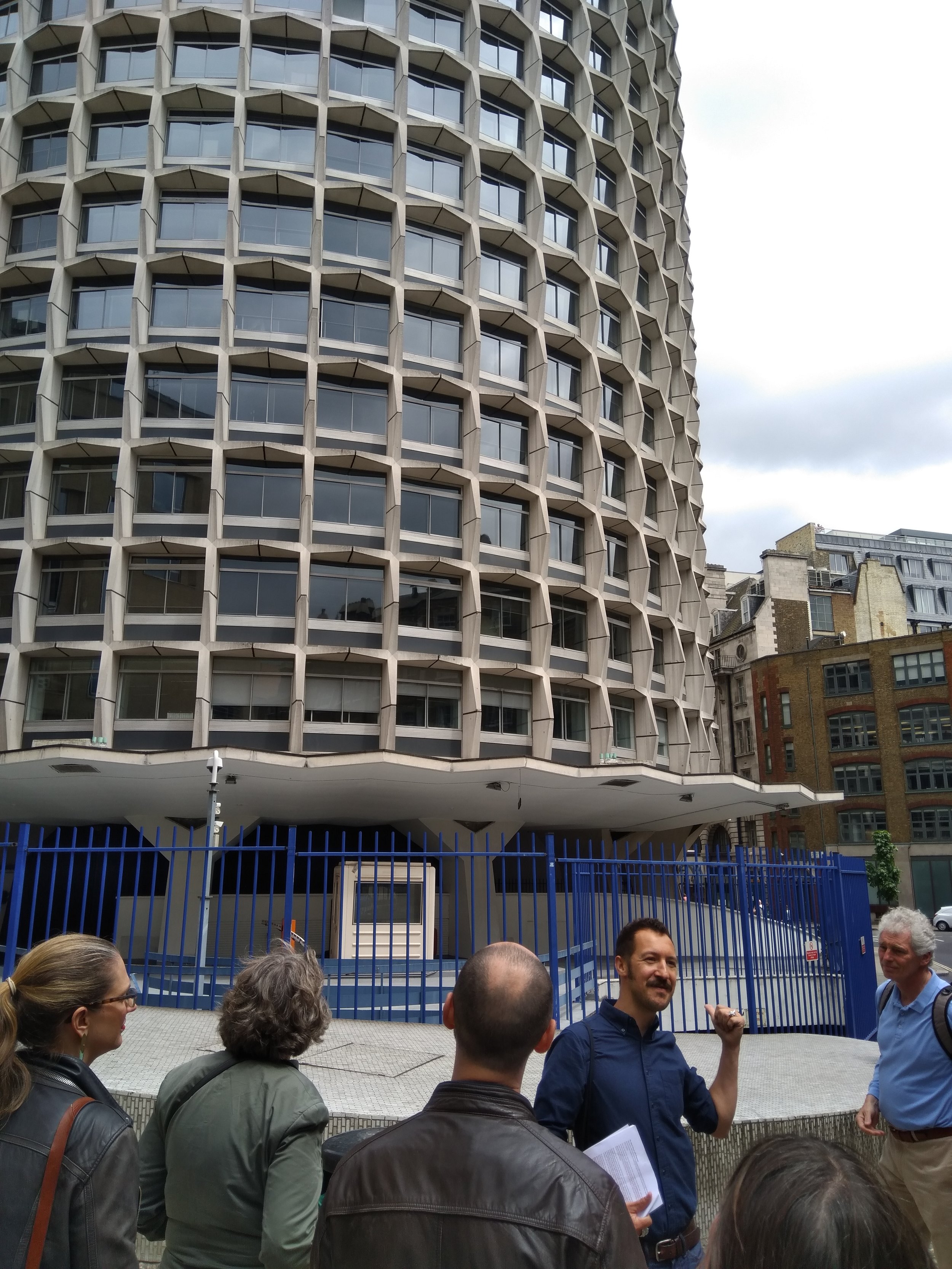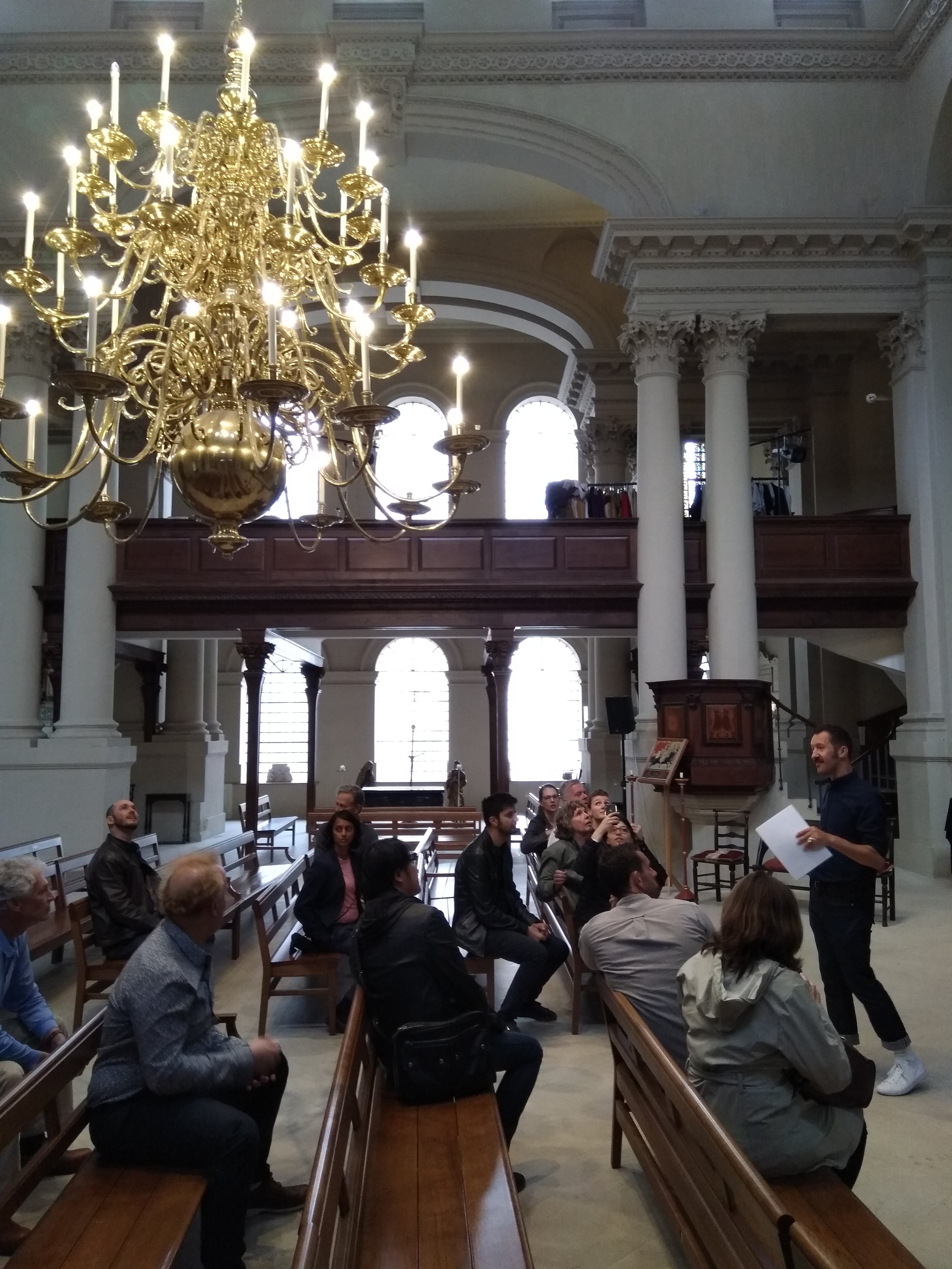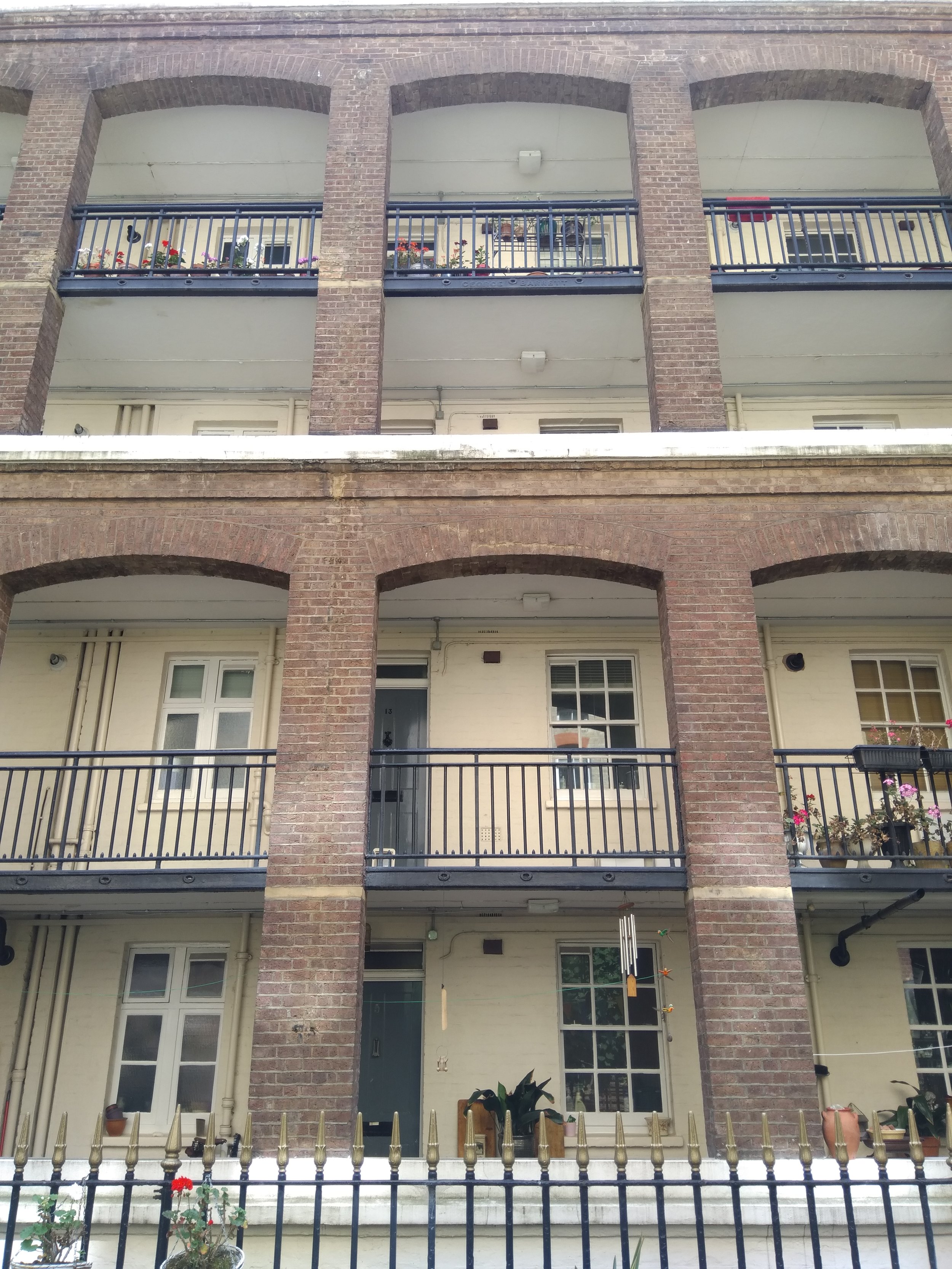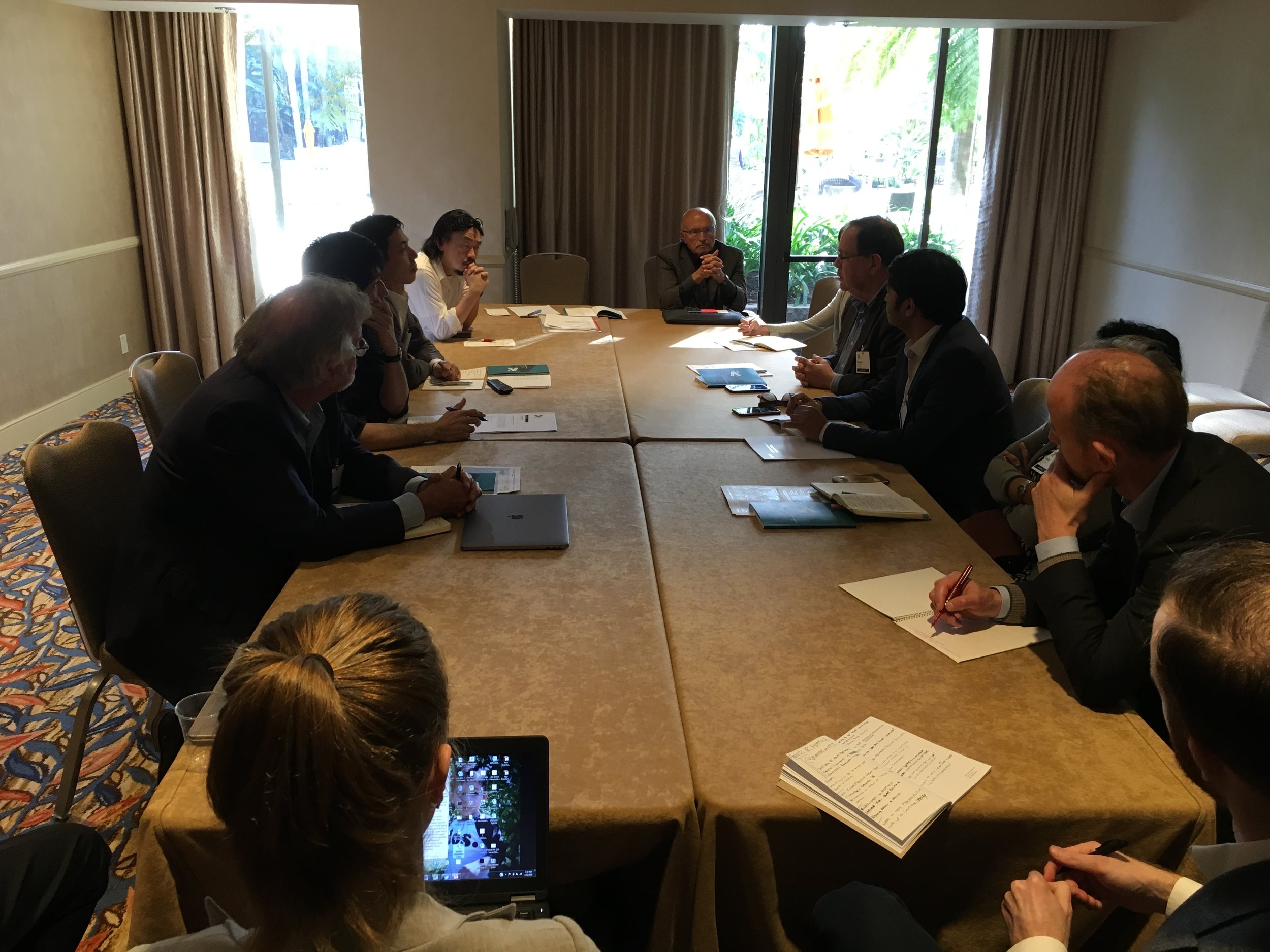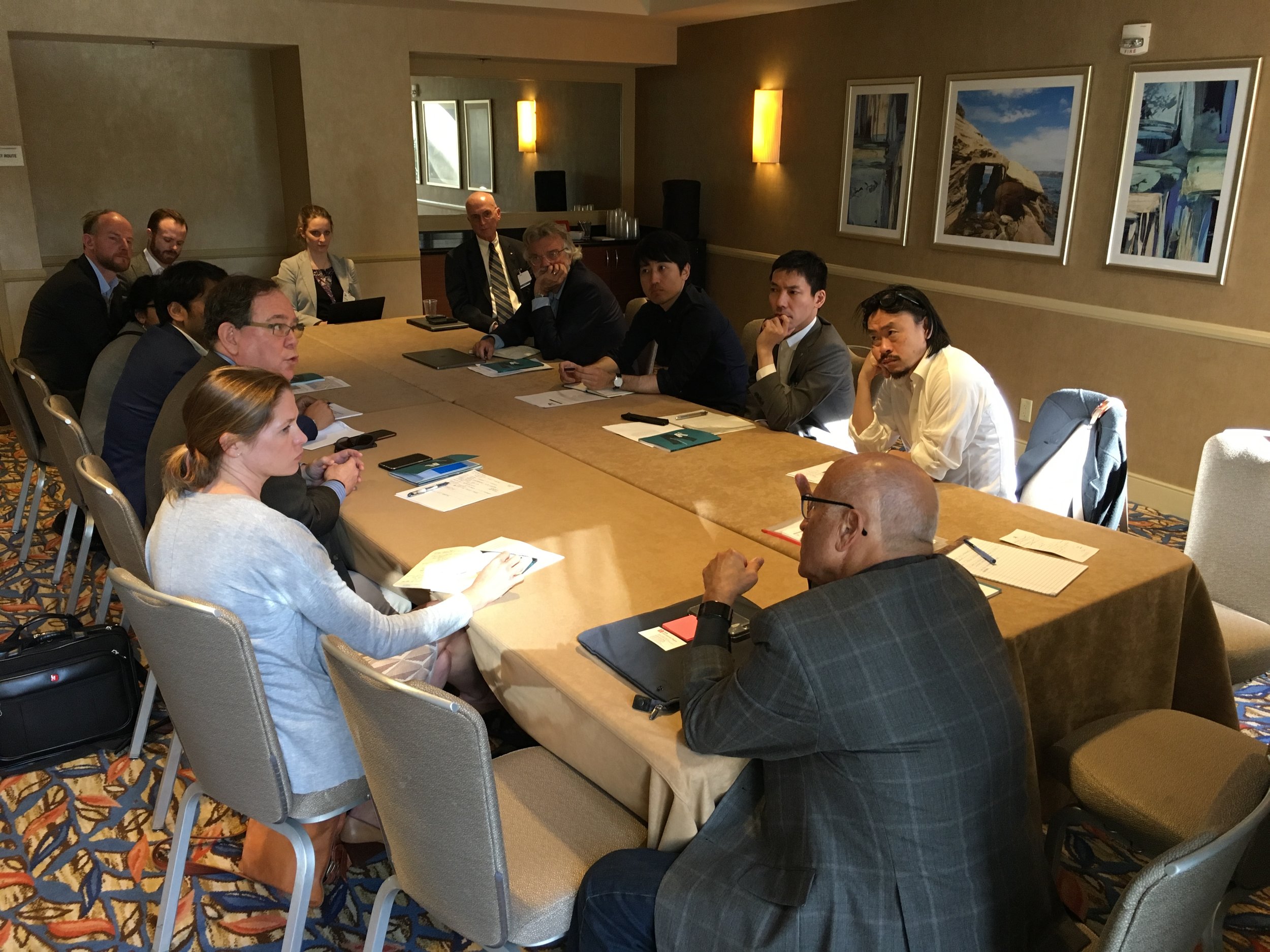AIA A'18 Conference
Fiona Mckay
Emerging from the 7 Train into the new station at the base of Hudson Yards and its bevy of towers nearing completion, the enormous glass structure of the Javits Convention Center came into view.
Yet, even the 170,000m2 Convention Center was not big enough to host all the sessions that kept all 26,000 attendees busy over the course of 4 days, and events spread to the conference wing of the Hilton and across to the New School auditoriums and campus.
They think it was the largest assemblage of AIA architects ever.
The keynote presentations were powerful. David Adjaye headlined the first evening to a sold-out crowd at Radio City Music Hall sharing the breadth of his recent work, spanning from social housing, museum and civic projects in Harlem and Gwangju to high-end residential units in the heart of Manhattan. His first hand account of the process, concepts and realization of the National Museum of African American History & Culture revealed the deeper meaning embedded in the project as far down as a considered approach to the emergency lighting within the screened facades.
For the second evening, Sheela Soogard spoke to yet another capacity crowd about the business of architecture. Notable was her mention of offering best-in-class parental leave to attract and retain staff and the simple principle borrowed from The Dark Knight: "If you are good at something, never do it for free".
Being at my first National Convention left me in awe of the whirlwind of activity - business sessions for the running of the Institute; a trade show of building products spilling over what felt like acres on two different floors; International Region meetings with National staff; masterclass workshops, tours of new and old New York City – amid all the other wonderful distractions. I confirm that Starbucks opens at 6am.
Throughout the event, I ran across US-practicing architects with international ties. The first morning, I sat by chance with an architect who had practiced in London before opening her own successful firm in New York. At the Emerging Professionals evening, I met architects from AECOM based in Virginia working on projects all over the Middle East and the Mediterranean. The nature of sharing international experience and working across borders is a vibrant aspect of the profession.
At the convention, the heads of the other global professional bodies of architecture were invited, from the Royal Institute of Canadian Architects close to home all the way to the Japan Institute of Architects. It is encouraging to know that the lines of communication are open between the organizations.
To anyone that has not yet attended the national convention, I recommend finding a way to attend next time. The next convention has been announced for Las Vegas in 2019 and the call for presenters and peer reviewers is open.
Written by: Alex Miller, AIA

